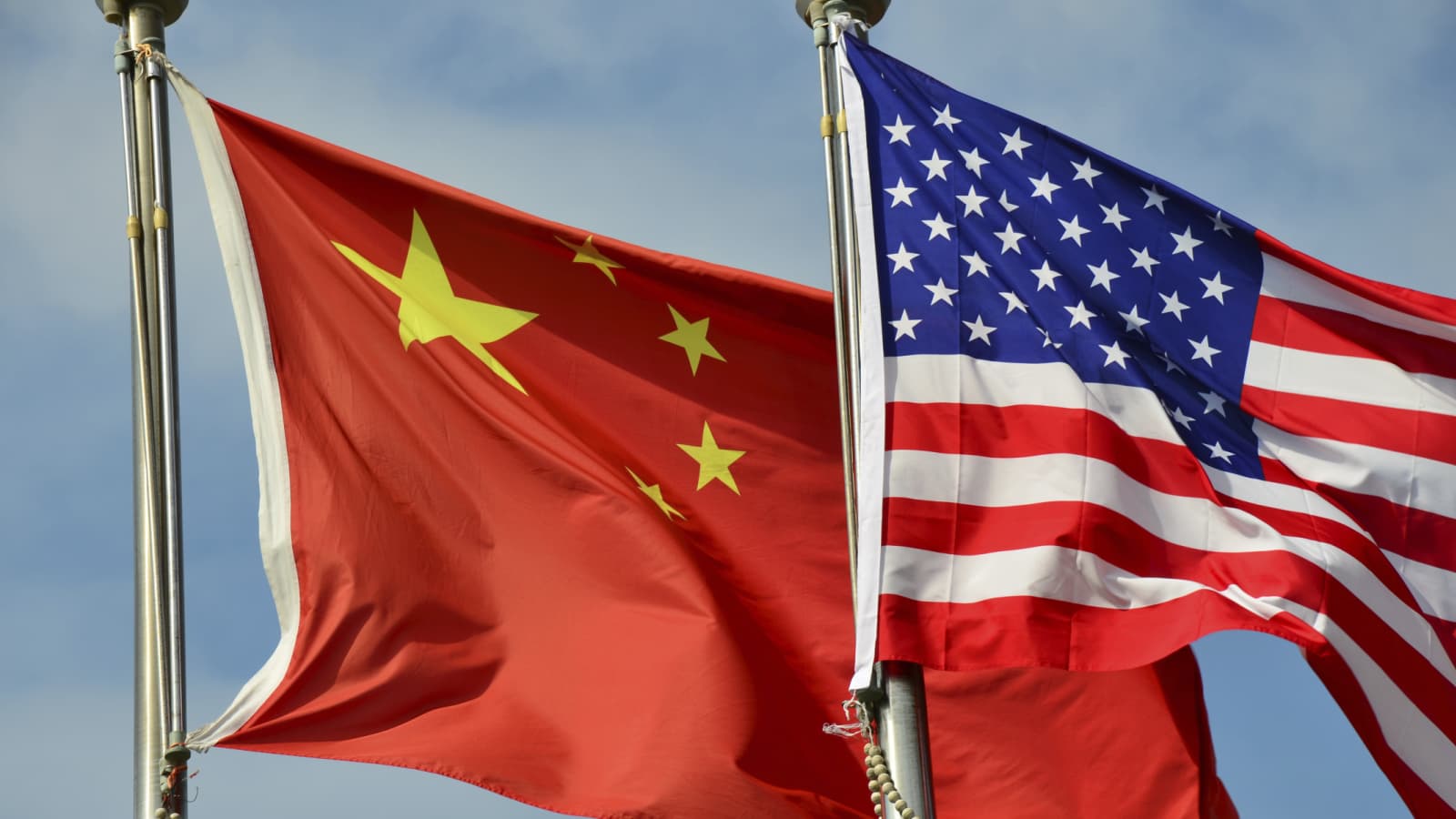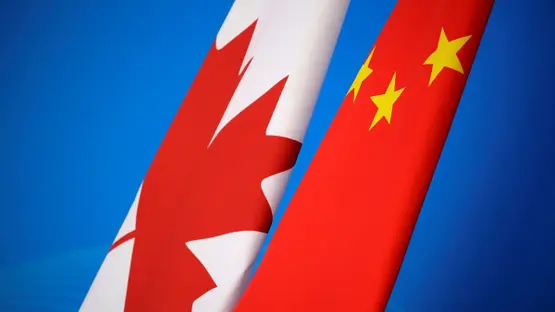The United States still has the world’s strongest navy, but new steps are being taken to strengthen its overall power at sea. President Donald Trump has proposed measures to boost both commercial and military shipbuilding. He also mentioned plans to tax Chinese ships that dock in US ports and complained about China’s growing control over important waterways like the Panama Canal.
Experts say that while the US remains dominant on the seas militarily, it faces challenges in other maritime areas. The US merchant fleet is aging, and the country’s shipbuilding industry is not as competitive as those in Japan, Korea, or China. Analysts warn that these gaps could hurt US strategic capabilities.
On the other side, China is quickly expanding its influence over the world’s oceans. It is investing in global ports and maritime infrastructure and is even using its fishing fleet to boost its power. State-owned firms like COSCO and China Merchant Ports play a big role in these efforts. Some experts note that China’s growing control of port operations poses a threat to US interests and those of its allies.
Some observers think Trump’s proposals echo a 19th-century focus on sea power known as “navalism.” They say that these ideas may appeal to his supporters, even if they are more populist than strategic. Meanwhile, research from European experts suggests that the US is lagging behind in modern shipbuilding and that it could take years to catch up.
In addition to these measures, Trump’s interest in regions like Greenland and Canada may also be part of a broader plan to strengthen US influence over global sea routes. As Arctic ice melts, new opportunities for shipping, military activities, and resource exploration are emerging, making the region increasingly important for future power projection.
In summary, while the US continues to lead in naval strength, it is working to close gaps in merchant shipping and shipbuilding to keep up with China’s expanding maritime influence.




